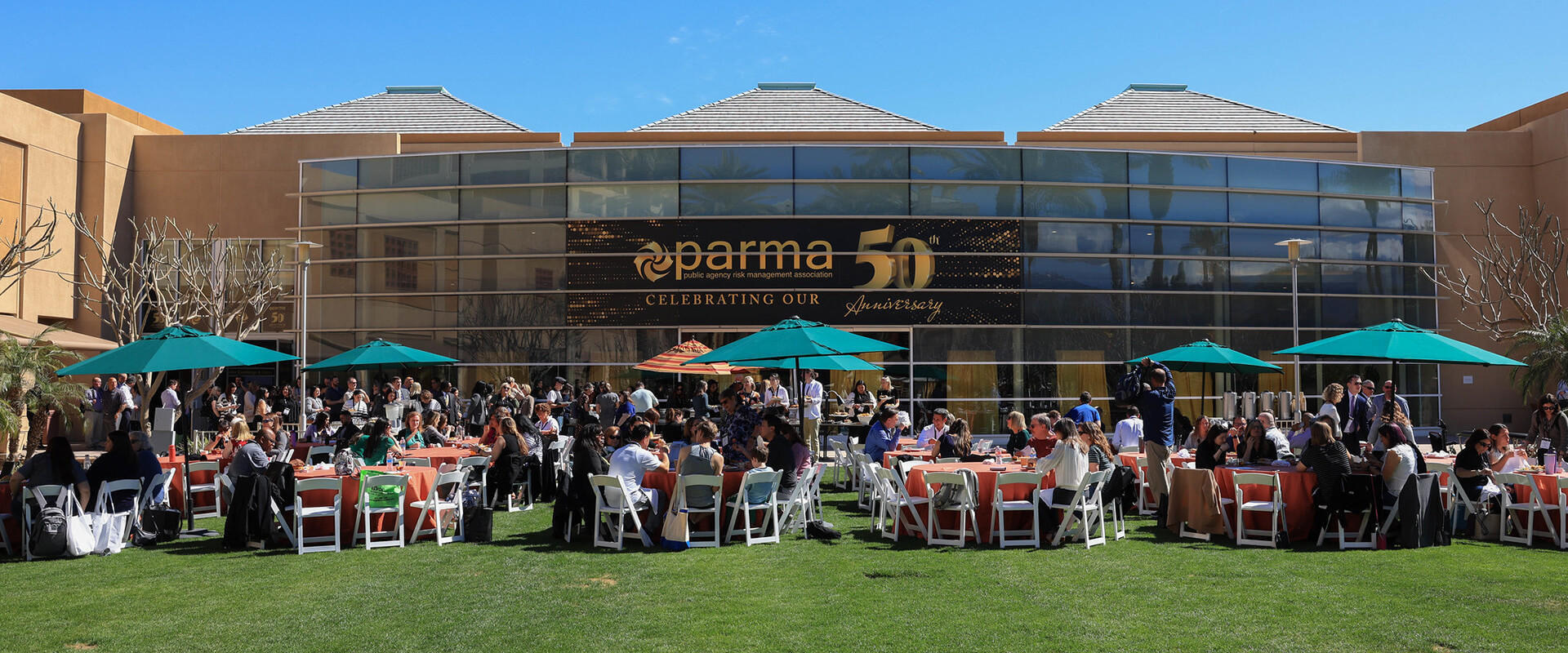Aftershocks have hit the region between Northern California and Nevada Friday after a magnitude 6 earthquake sent large boulders rolling into highways and knocked smaller items off shelves.
The quake shortly before 4 p.m. Thursday was centered south of Lake Tahoe near Walker, a rural community of a few hundred households in the eastern Sierra Nevada. It was felt as far off as Las Vegas and San Francisco, authorities said. Days of aftershocks are expected.
California state emergency crews worked overnight and found minor road damage but no significant impacts to infrastructure, said Brian Ferguson, spokesman for the California Governor’s Office of Emergency Services. No injuries were immediately reported.
Firefighters struggled to contain an exploding Northern California wildfire under blazing temperatures as another heat wave blanketed the West, prompting an excessive heat warning for inland and desert areas.
Death Valley in southeastern California’s Mojave Desert reached 128 degrees Fahrenheit on Saturday, according to the National Weather Service’s reading at Furnace Creek. The shockingly high temperature was actually lower than the previous day, when the location reached 130 F.
If confirmed as accurate, the 130-degree reading would be the hottest high recorded there since July 1913, when Furnace Creek desert hit 134 F, considered the highest measured temperature on Earth.
The nation’s largest utility has long vowed to change its reckless ways, but year after year there’s more death and destruction from Northern California wildfires sparked by Pacific Gas & Electric’s equipment.
CEO Patricia “Patti” Poppe, who took over in January as the company’s fifth leader in less than three years, has pledged to shareholders that the future will get “easier” and “brighter.” That vow will be put to the test as California sinks deeper into drought and fire danger increases.
Containment of three big wildfires in Northern California has increased but potential for a new round of winds this week was a concern, authorities said Monday.
Containment of the 39-square-mile Lava Fire at the foot of volcanic Mount Shasta jumped to 71% after minimal overnight activity, Shasta-Trinity National Forest said. Remaining evacuation orders were downgraded to warnings.
A wildfire in Northern California has grown significantly and begun to pose a threat communities.
The Siskiyou County Sheriff’s Office issued evacuation orders Monday for the Lake Shastina and Juniper Valley areas.
Sherry Villanueva’s family of Santa Barbara restaurants employed 350 people before the pandemic took hold and darkened dining rooms across California. Now, with the state’s economy officially reopened, about 250 workers are back on the job.
Villanueva would hire 100 more if she could – but she can’t find people to take the openings.
“We are in the midst of a very severe labor shortage,” said Villanueva, owner and managing partner of Acme Hospitality, which operates eight eateries in the popular seaside destination, though two remain closed. With staffs stretched paper-napkin thin, the employees “are doing the job of two people.”
California’s weather moderated after a long siege of extreme heat but firefighters still faced the difficult task of trying to contain a large forest fire in rugged coastal mountains south of Big Sur.
The Willow Fire covered 4.4 square miles of Los Padres National Forest, the U.S. Forest Service said. More than 500 firefighters were on the lines, aided by planes and helicopters.
The fire broke out Thursday evening in the Ventana Wilderness and burned near the Tassajara Zen Mountain Center, a Buddhist monastery located in a remote valley.
Thousands of Central California farmers were warned Tuesday that they could face water cutoffs this summer as the state deals with a drought that already has curtailed federal and state irrigation supplies.
The State Water Resources Control Board notified about 6,600 farmers in the Sacramento-San Joaquin Delta watershed who have rights to use water from the Central Valley estuary of “impending water unavailability” that may continue until winter rains come.
A heatwave already punishing parts of the U.S. Southwest on Monday was expected to move into California this week, prompting the forecasters to warn of health and fire dangers.
A high-pressure ridge that built over southwestern deserts over the past few days is responsible for the unusually blistering heat this early in the year, National Weather Service meteorologist Karleisa Rogacheski said.
“Today last day of seasonable weather in California,” Rogacheski said.
California saw balmy weather on Monday, with temperatures in the upper 80s and low 90s Fahrenheit (30-35°C), but forecasts called for warming on Tuesday, spiking into the triple digits by Thursday and lasting several days.
A moderate earthquake struck near the Salton Sea in Southern California on Saturday but there were no immediate reports of injuries or serious damage, the U.S. Geological Survey confirmed.
The magnitude 5.3 earthquake was reported at 10:55 a.m. and centered about 6.8 miles west of Calipatria, the USGS said. It was the biggest among a cluster of earthquakes reported in the area since 1 a.m.











